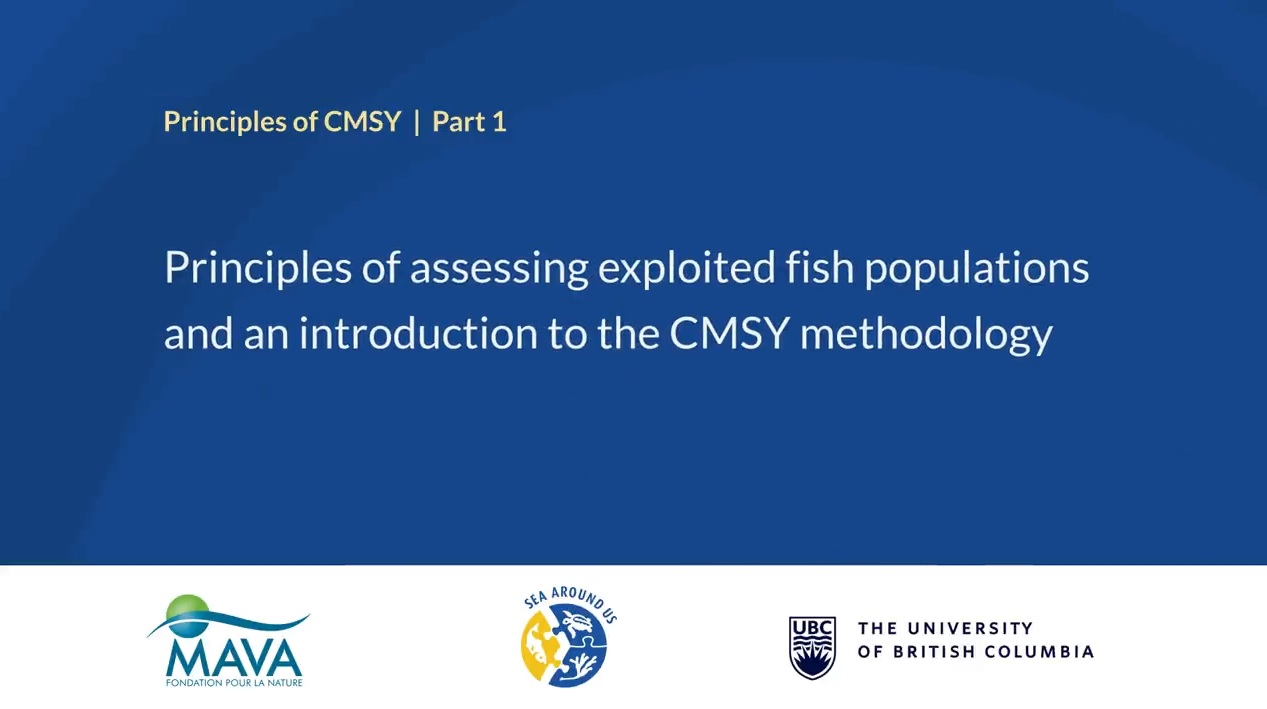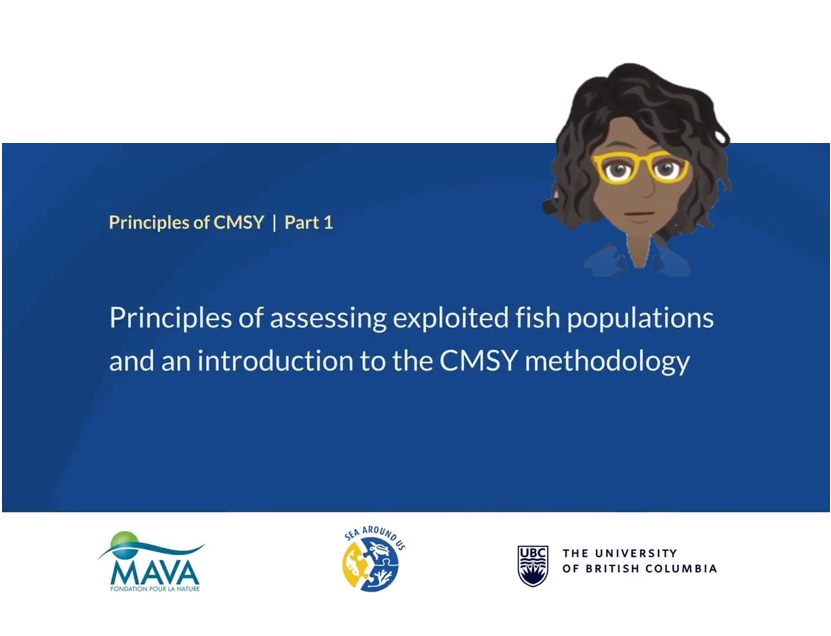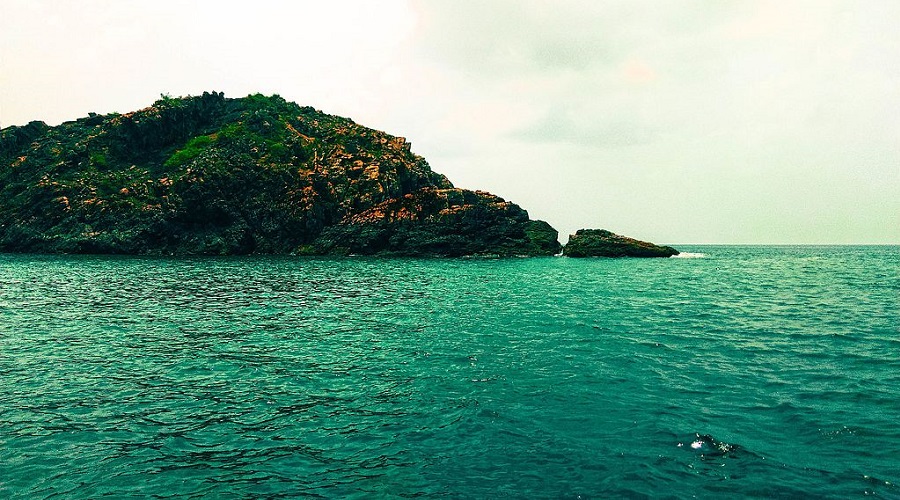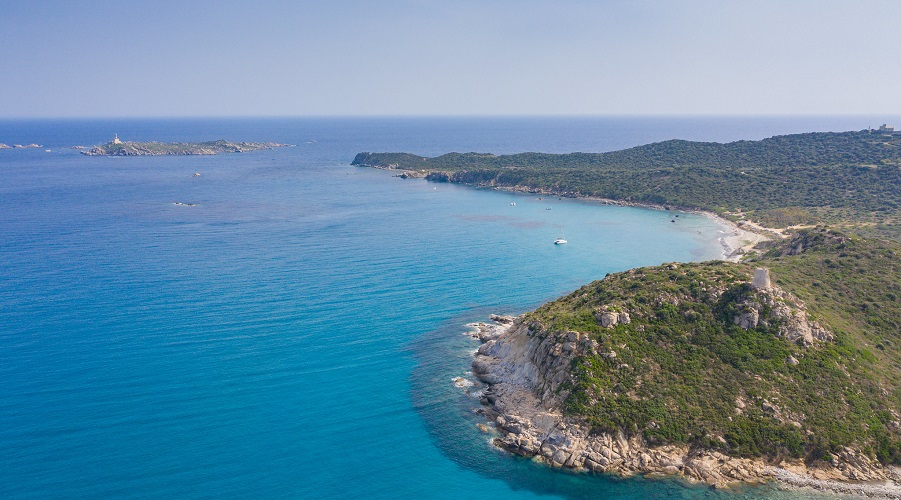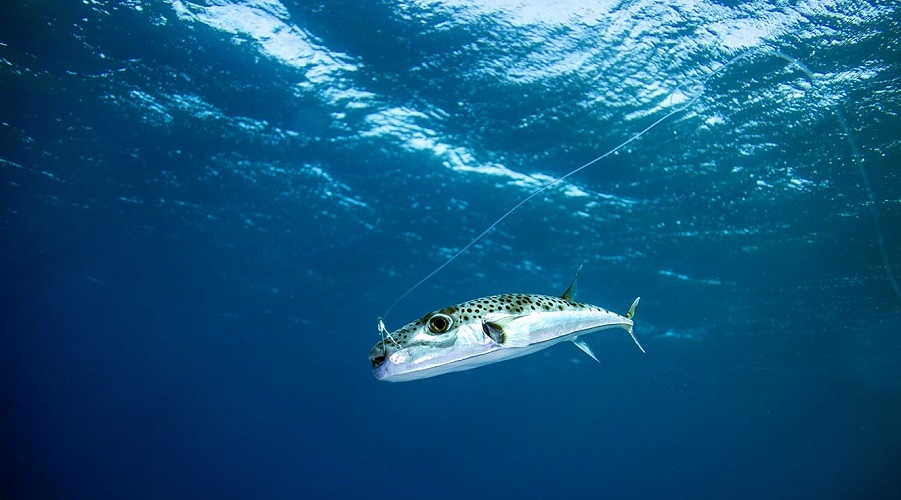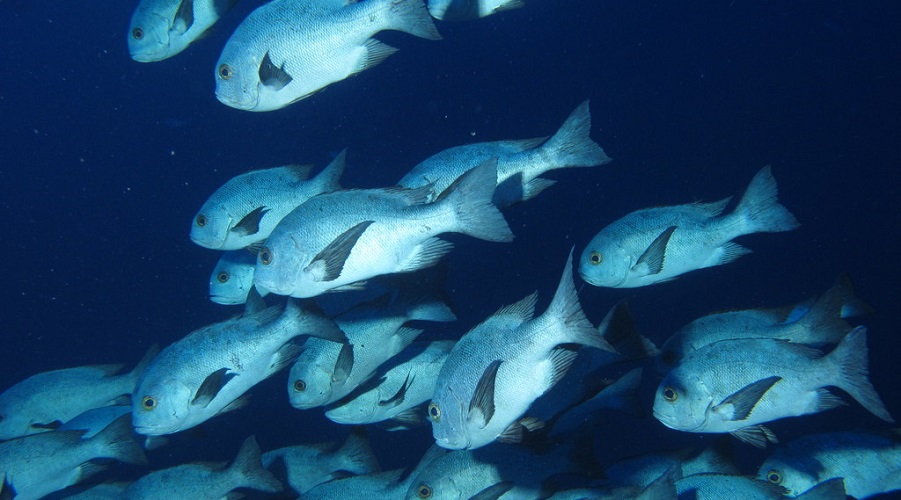
Black Snapper (or black and white snapper), Macolor niger at Gota Sorayer, Red Sea, Egypt. Photo by Derek Keats, Wikimedia Commons.
In a recent piece published in the journal PLOS Biology, the Sea Around Us alumna and NYU professor Jennifer Jacquet, and our principal investigator, Daniel Pauly, ponder the idea of wild fish and invertebrates being considered more like wild animals and less like tradable commodities.


